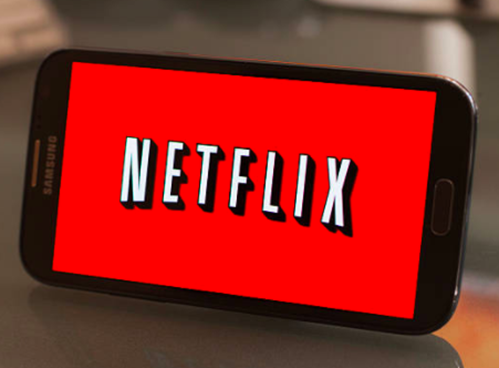As we begin our journey in 2015, here are a few thoughts on big data trends for mobile devices.
In the age of more, we may soon see the twilight of search
15 years ago, the defining problem of the Internet age was how do I find the information I need? This gave birth to search engines. The problem today is ‘how do I find a choice that’s right for me? One that’s relevant and that’s personalized?
The emerging dominance of mobile changes the landscape even more
Think about it, mobiles are increasingly defining every aspect of our lives. Nearly 5 billion people now access each other and the world through a mobile device.
When you look at your own life, it is clear that you and every consumer now carries in your pocket, the entire inventory in all the world’s stores. More and more, the battleground for consumer choice is shifting to mobile.
Illustratively:
– 15% of sales for companies (like Amazon, Gilt, Qoo10) are mobile based.
– 21% of consumers, across categories, use mobiles for product search
– 50% of customers use mobile phones to check prices
– 60% of smartphone users are buying products using a mobile device
– 63% of viewers are simultaneously using PC’s, tablets or smartphones to gain access to related information while watching the TV
Clearly, mobile devices are making dramatic changes to the way people choose, buy and consume things.
Big data meets mobile marketing
Currently mobile led targeting is usually based only on factors like location, whereas, consumer choice is a more complex decision. A choice is sometimes based on your context (like location), but more often, driven by your tastes, your influences, and your past behavior.
The big challenge for marketers is: Take a trillion options available today because of big data and the internet and reduce it a few relevant options that display easily on a small screen.
Simplifying the world’s choices on the mobile is the next big consumer marketing challenge
Finding ways to reduce big data to relevant data is the answer to solving the paradox of more. The answer lies in choice engines that understand you as a person, and take all the aspects of your life into consideration, before presenting a set of recommendations to you.
Currently, recommendations are based only on an increasingly narrowing sliver of transactional data an enterprise has about a customer. What is needed is a handle on the customer’s genuine tastes – not just within that one category of product that she or he might be looking for at the moment, but in a range of other cross-category products and services – from books to holidays to food, clothing or time of day one prefers for shopping or favourite retailers and locations.
One of the interesting approaches to solving this challenge is to build a Taste Graph.
Crayon data’s proprietary cross-category taste graph combines internal and external data across areas like the taste, influence, context and behavior to plot the affinity of every product in the world to every other.
This massive graph is then used, to build revolutionary mobile apps like Crayon’s Maya – a personal concierge that simplifies and delivers choices.
Simplifying choices on the mobile
The day is not far away when you will pull out your mobile and an app like Maya will tell you: ‘Hi, I think you may want to consider having dinner at this Japanese restaurant close by. It’s your favorite cuisine, you haven’t eaten it in a while, and the restaurant is highly rated by several of your friends. There’s also an offer from your bank, and we know that the client you are with, will love it too. By the way, there is an even better choice about 10 km further away, but it’s raining, the traffic is bad, you’ve just landed after a long flight and you may not want to take the trouble to get there.
That is the promise of big data and mobile coming together to make choice simpler. And that future is not far away.













